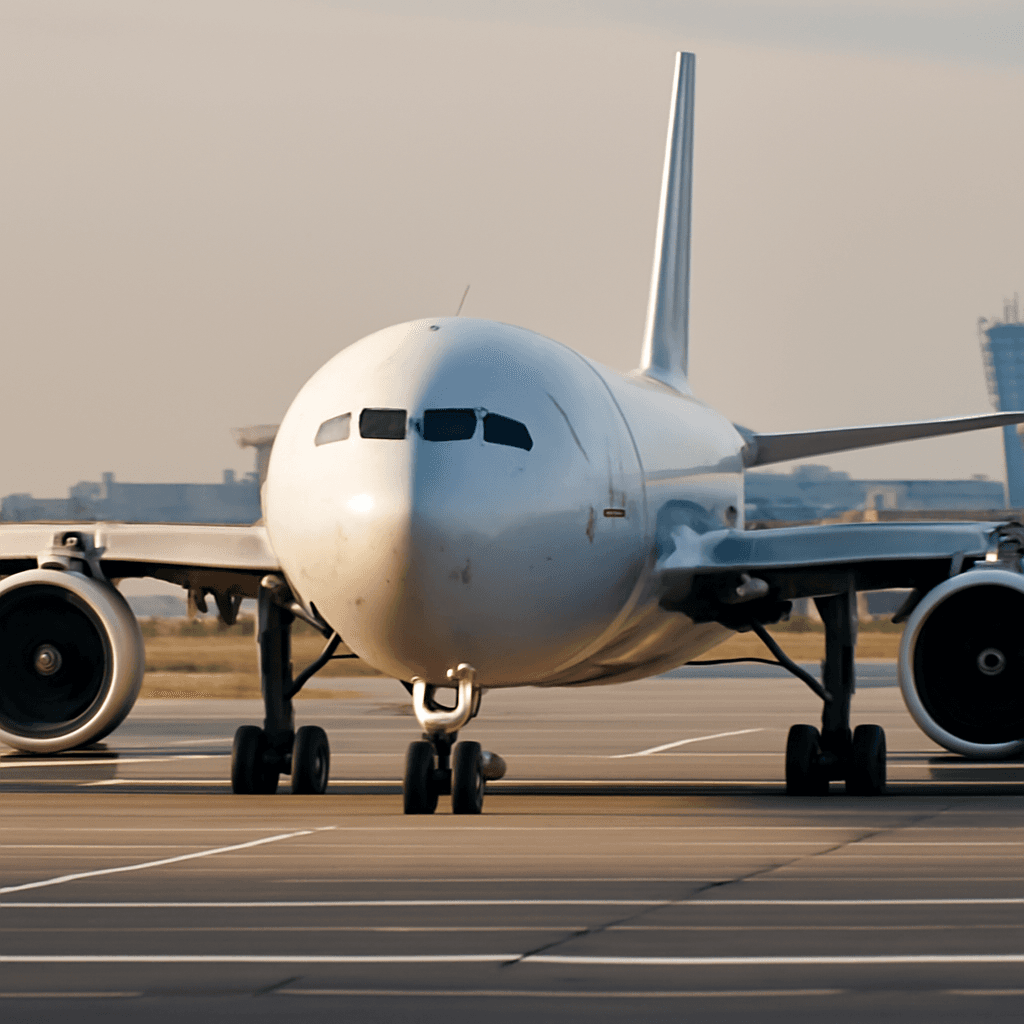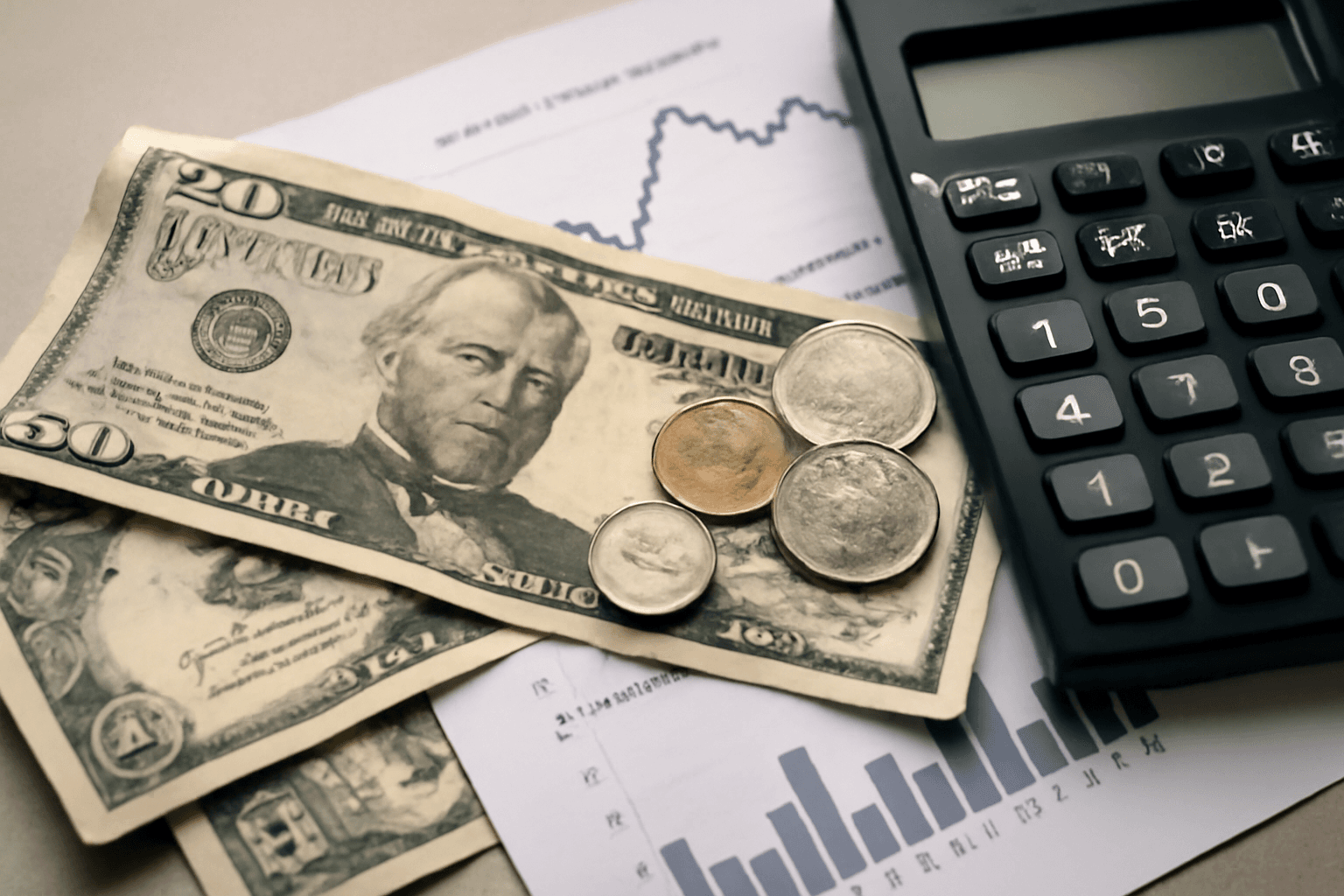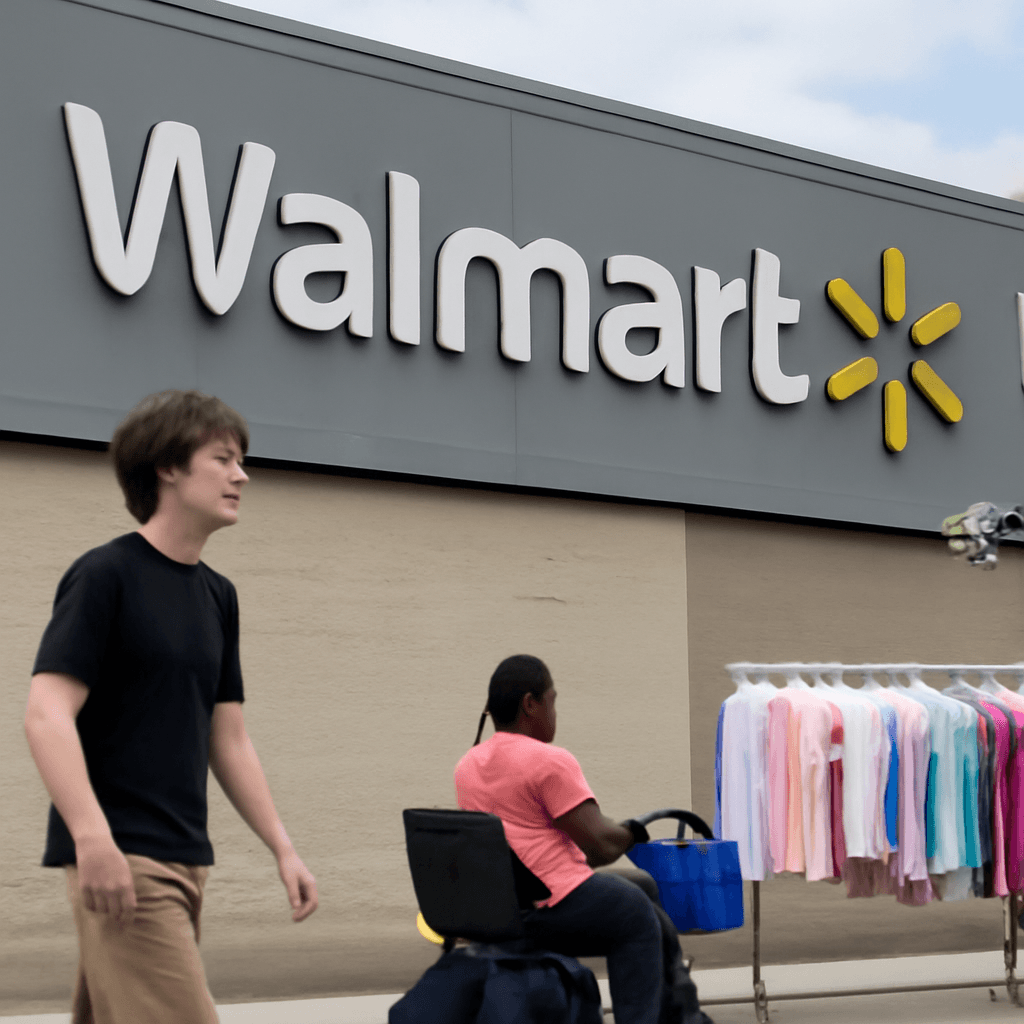As summer 2025 approaches, more Americans are planning leisure vacations compared to last year, yet many are adopting a more cautious spending strategy. Approximately 53% of survey respondents indicated plans to travel for leisure, up from 48% in 2024, according to recent data analysis.
Early spring surveys suggested an optimistic outlook, with travelers initially budgeting 21% higher for summer vacations, averaging nearly $4,967 per trip. However, a follow-up survey conducted only weeks later revealed a tempered spending forecast, expecting just a 13% increase overall and an average budget closer to $4,606.
For the longest trip of the summer, budgets also declined from an anticipated $3,987 to roughly $3,471, reflecting a rise of less than 1% year-over-year. These adjustments coincide with broader consumer spending caution amid economic uncertainties and inflationary pressures.
Despite tightened budgets, travel costs in some categories have eased. Hotel rates and rental car prices have declined by approximately 2.4% and 2.1%, respectively, compared to the previous year. Domestic airfares have decreased by 7.9%, with the average round-trip ticket costing about $265 this summer—down 3% from 2024 and the lowest in three years.
International travel expenses have also softened, particularly for routes between the U.S. and Europe, where average round-trip airfare is estimated at $850, an 8% decrease from last year.
However, many travelers feel the strain of inflation on disposable income, leading to more cautious spending during trips. Approximately 34% plan to reduce on-site expenditures like dining and excursions, 30% intend to stay with family or friends to save on lodging, and 21% prefer driving over flying to cut costs.
Experts emphasize that flexibility is key to minimizing expenses. Traveling outside peak holiday weekends such as the Fourth of July or Labor Day—when fares are about 34% higher—and opting for midweek flights can save significant amounts. For instance, flying Tuesday or Wednesday may reduce round-trip airfare by up to 20%, potentially saving travelers $67 domestically and over $100 on international flights to Europe or Asia.
In summary, while the summer travel season remains strong, the trend toward a more frugal approach signals a shift in consumer behavior, balancing travel desires with prudent budgeting strategies amid economic pressures.
















